Mixed Reality (MR)
Mixed Reality (MR)
MR Introduction
Augmented reality (AR) and mixed reality (MR) both technologies overlay digital content onto the real world, they differ in their level of interaction with the physical environment.
Augmented reality (AR) enhances the real world with digital elements, allowing users to view digital graphics and information alongside their physical surroundings. The digital content is displayed on top of the user’s real-world view, providing an augmented experience.
On the other hand, mixed reality (MR) goes beyond simple overlaying; it seamlessly blends virtual and physical elements, creating a more interactive and immersive experience. MR devices, enable digital objects to interact with the real environment, appearing as if they exist within the same space as physical objects.
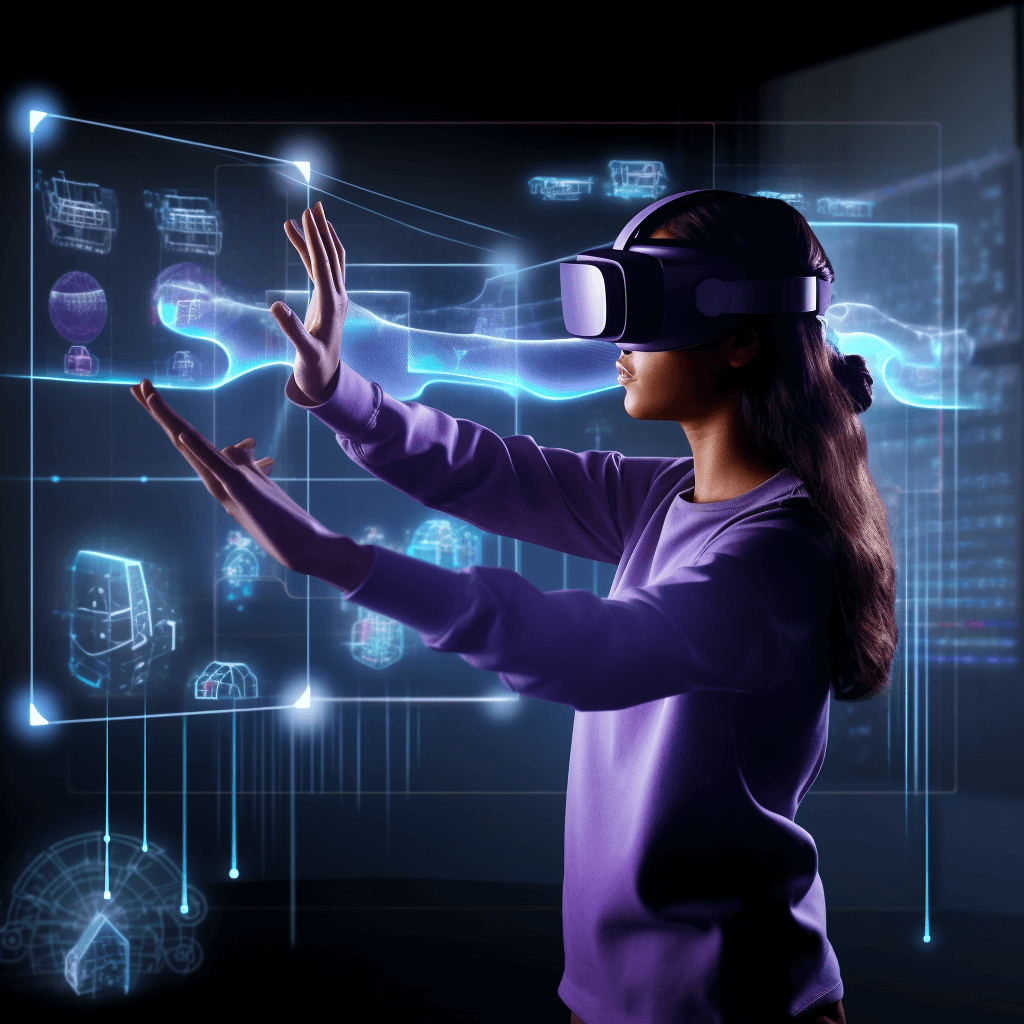
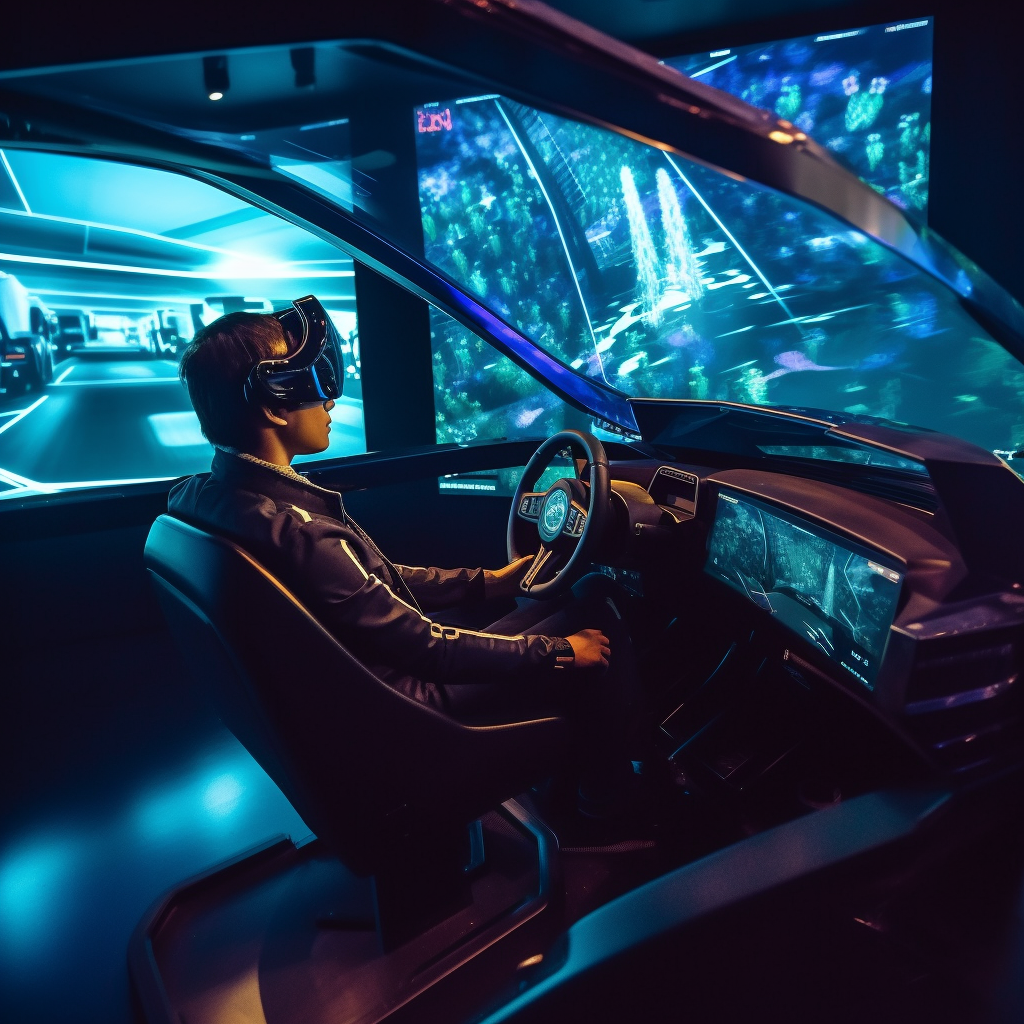
Mixed Reality Benefits
Blends Virtual and Real: MR seamlessly blends virtual and real elements, allowing users to interact with digital objects in the real world.
Enhanced User Experiences: MR combines the best of VR and AR, providing highly immersive experiences with real-world interactions.
Design and Prototyping: MR enables designers to visualize and manipulate 3D models in real-world contexts, aiding product design and prototyping.
Remote Collaboration: MR allows remote teams to collaborate in a shared virtual environment, promoting teamwork and creativity.
Education and Training: MR offers unique educational experiences by blending real-world and virtual content, making learning more engaging.
MR Sectors
- Automotive Sector
- Real Estate, Construction, & Architectural
- Defense and Security
- Engineering and Manufacturing
- Education
- Healthcare
- Entertainment and Gaming
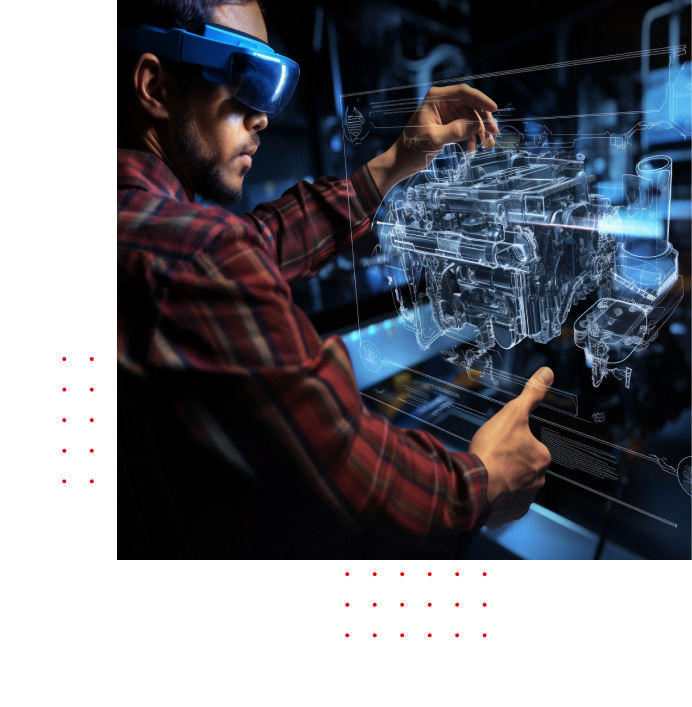


Automotive Sector
Virtual Design and Prototyping
Automotive companies can utilize mixed reality to visualize and iterate on vehicle designs in a virtual environment. Engineers and designers can interact with 3D models, make real-time adjustments, and test different configurations, streamlining the design and prototyping process with physical automotive parts.
Assisted Vehicle Maintenance
Mixed reality can enhance vehicle maintenance and repair tasks. Technicians wearing MR headsets can access real-time information, such as repair instructions, diagnostic data, and component schematics, superimposed directly onto the vehicle, improving efficiency and accuracy.
Showroom and Product Visualization
Car dealerships can leverage mixed reality to provide immersive virtual showrooms. Prospective buyers can explore different car models, customize colors and features, and virtually “test drive” vehicles, creating a more engaging and informed buying experience.
Enabled Navigation and Safety
Mixed reality can enhance driving safety by providing real-time navigation cues and alerts directly within the driver’s field of view. AR overlays can display critical information, such as speed limits, road hazards, and turn-by-turn directions, minimizing distractions and improving situational awareness.
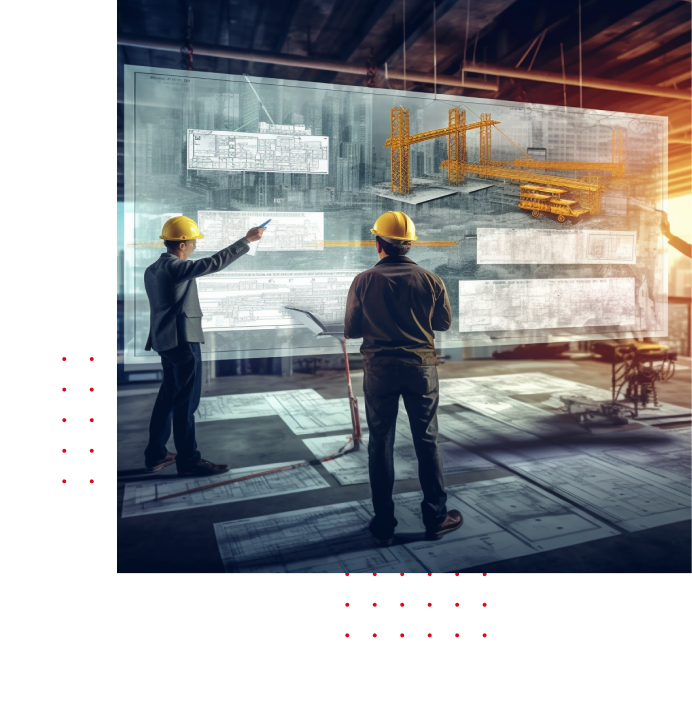
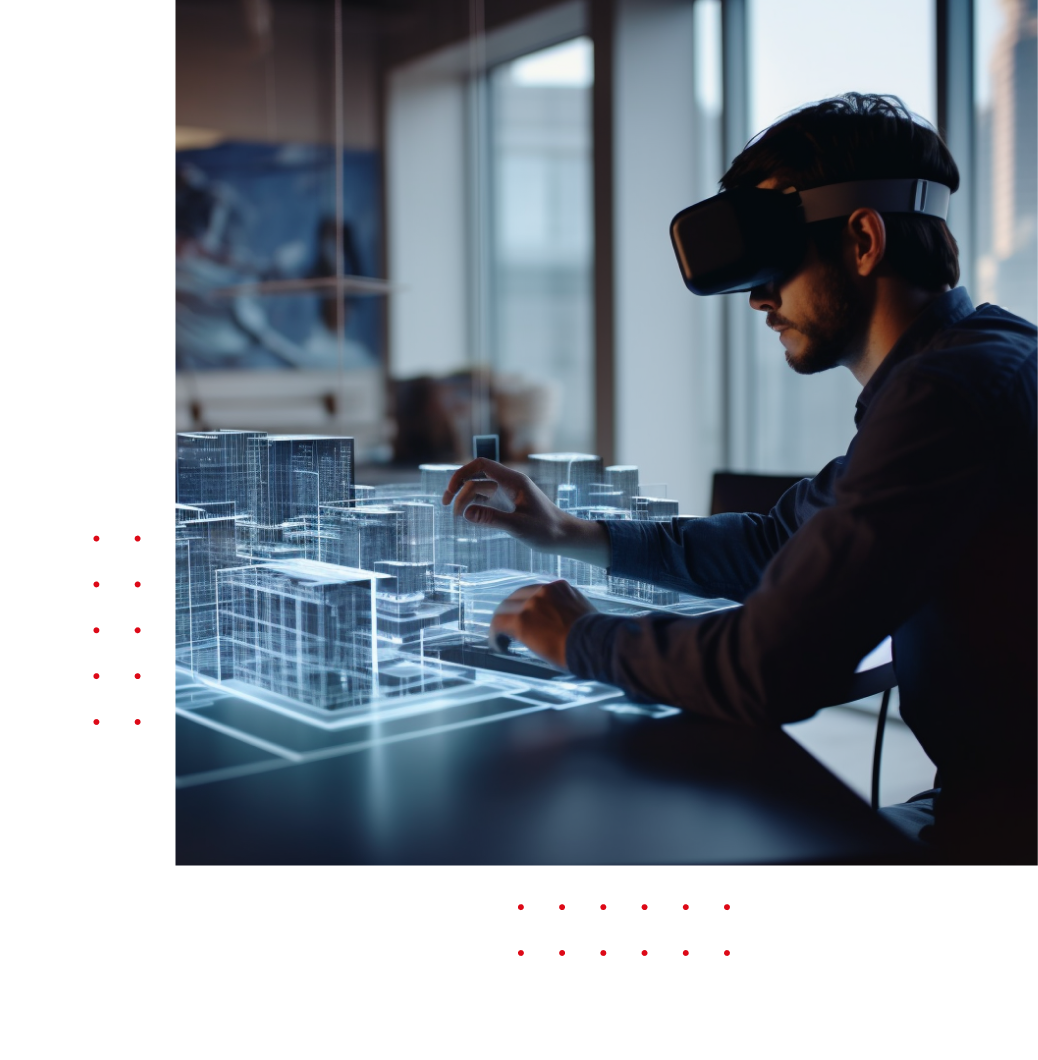

Real Estate, Construction, & Architectural
Interactive Home Customization
In the realm of interior design, mixed reality can be used to augment spaces with virtual furnishings and decor items. Homeowners can experiment with different furniture layouts and styles before making any purchases, making the interior design process more efficient and cost-effective.
Construction Site Planning
Mixed reality enables construction teams to overlay 3D building plans onto the actual construction site. This aids in better site planning, precise positioning of structures, and coordination between different teams, ultimately reducing errors and improving construction efficiency.
Building Maintenance and Repairs
Facilities managers can use mixed reality for building maintenance and repairs. Technicians can access maintenance manuals, diagrams, and step-by-step instructions overlaid onto equipment or building components, streamlining the repair process.
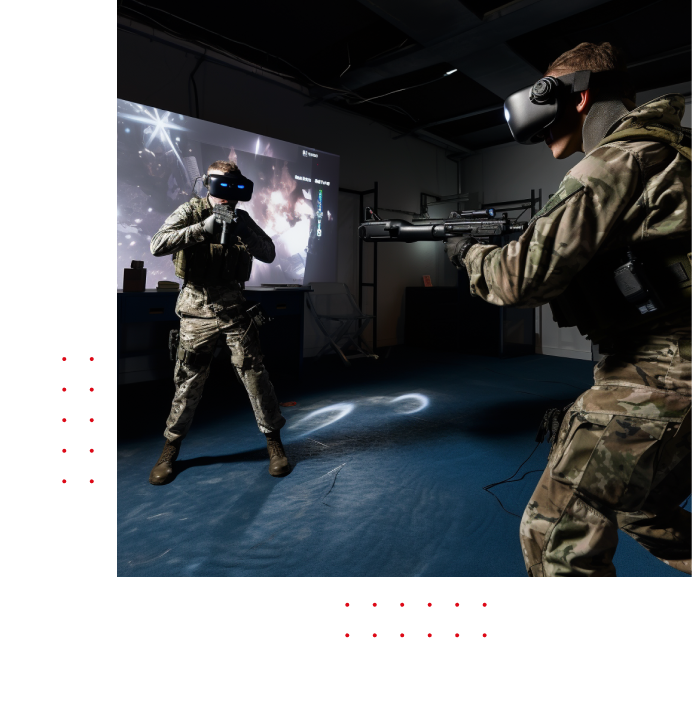


Defense and Security
Military Training Simulations
Mixed reality can provide realistic and immersive military training simulations. Soldiers can engage in virtual combat scenarios, practice tactical maneuvers, and experience realistic combat situations without putting them in actual danger. This enhances their skills, decision-making abilities, and preparedness.
Virtual Battle Rehearsals
Before engaging in a real battle, military units can conduct virtual rehearsals using mixed reality. This enables them to test different strategies, evaluate potential outcomes, and optimize their plans before executing them in the field.
Asset and Equipment Maintenance
Maintenance personnel can benefit from mixed reality by accessing maintenance instructions, diagrams, and tutorials overlaid directly on military equipment and assets. This streamlines maintenance procedures and reduces downtime.
Defense System Visualization and Training
Mixed reality can be used to visualize and train personnel on the operation of complex defense systems, such as missile defense systems, radars, and sophisticated communication equipment.
Border Security and Surveillance
Mixed reality can enhance border security and surveillance efforts by providing real-time information and data overlays to border patrol agents. This aids in detecting and responding to potential threats effectively.
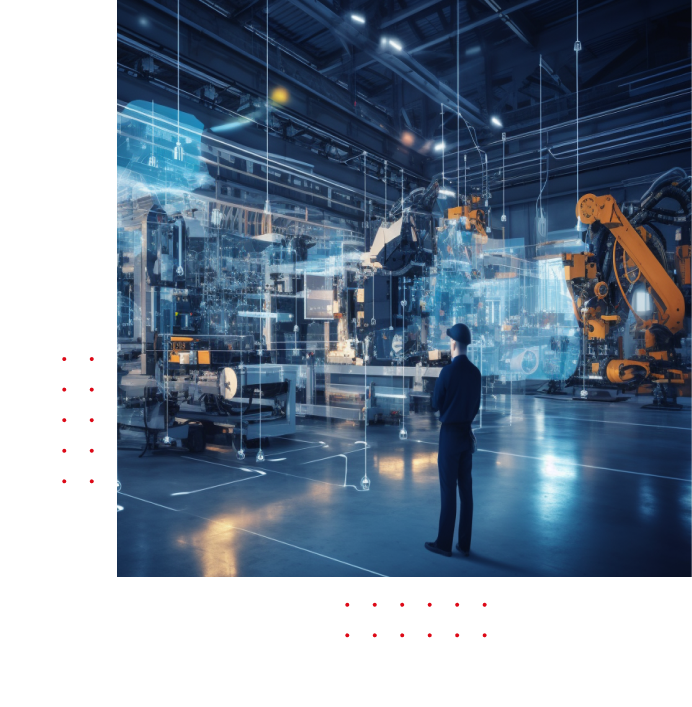
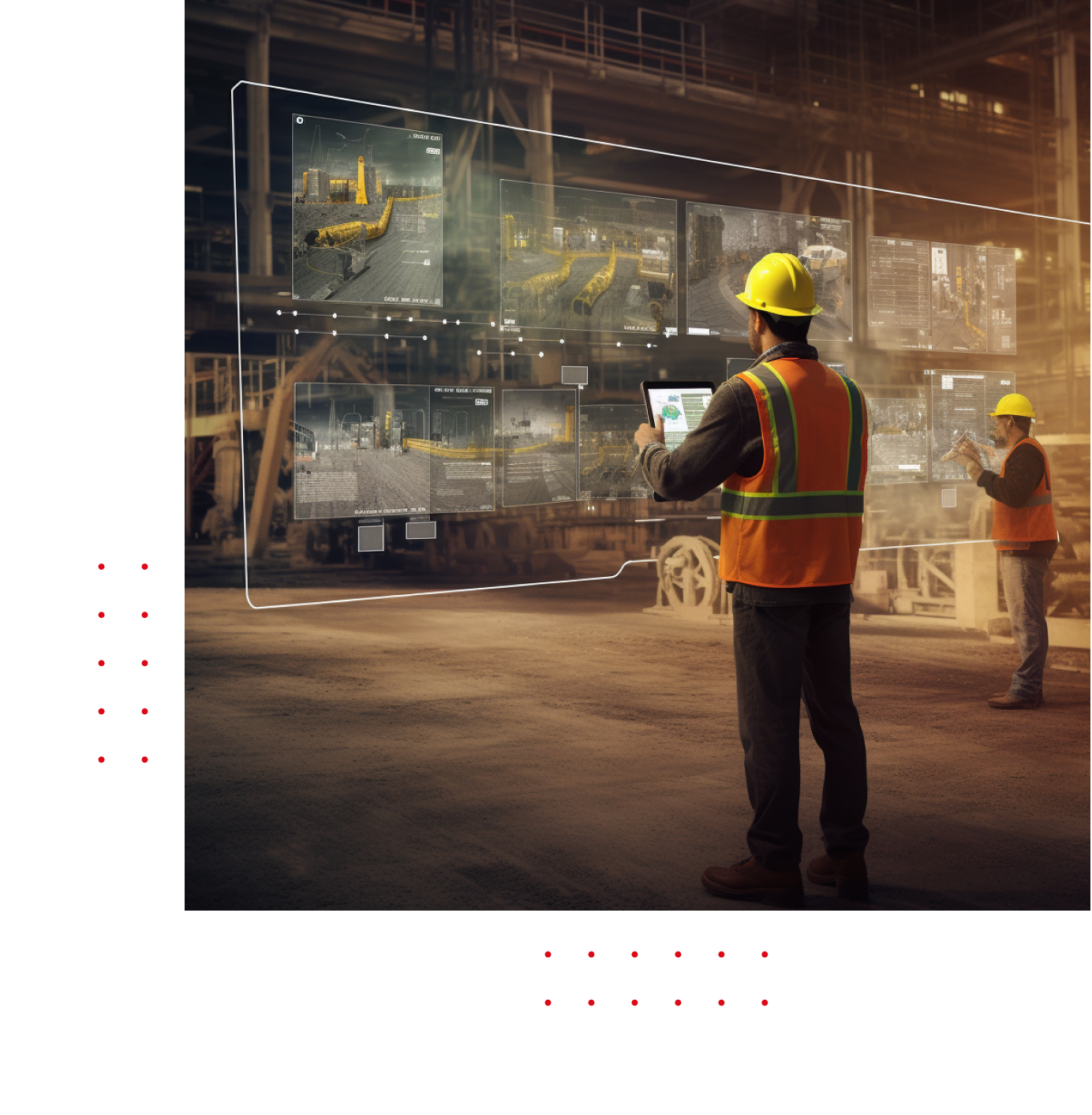

Engineering and Manufacturing
Assembly and Manufacturing Process Guidance
Mixed reality can guide assembly line workers through complex manufacturing processes. AR overlays can provide step-by-step instructions, ensuring precise assembly and reducing errors.
Factory Layout and Planning
Manufacturers can use mixed reality to visualize and plan factory layouts. By overlaying 3D models onto the physical space, they can optimize workflow, equipment placement, and overall efficiency.
Equipment Maintenance and Repair
Maintenance technicians can benefit from mixed reality when conducting equipment repairs. AR overlays can display maintenance instructions and troubleshooting guides, simplifying the repair process and reducing downtime.
Quality Control and Inspection
Mixed reality can aid in quality control and inspection processes. Inspectors can use AR to overlay specifications and tolerances onto physical components, ensuring they meet the required standards.
Real-Time Data Visualization
Engineers and managers can access real-time data and analytics through mixed reality dashboards. This enables them to monitor production metrics, identify bottlenecks, and make data-driven decisions.
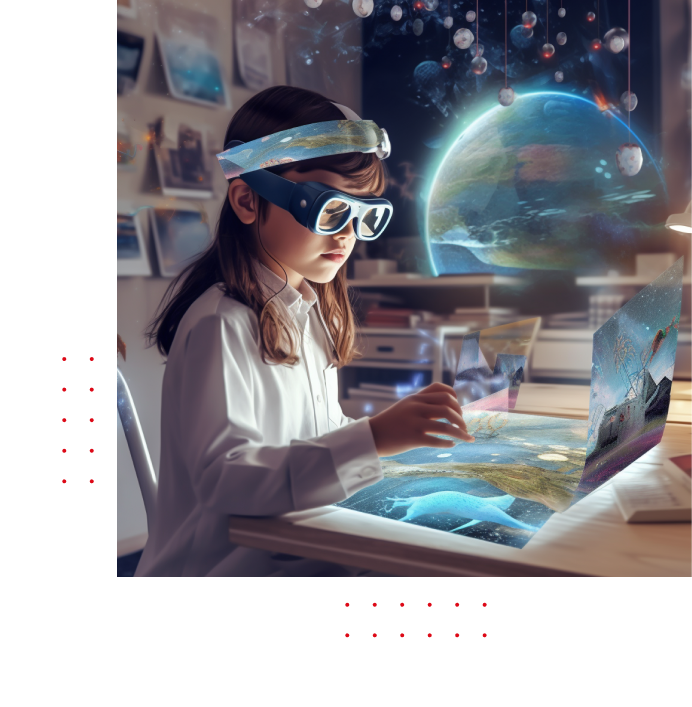


Education
Immersive Learning Experiences
Mixed reality can provide students with immersive and interactive learning experiences. Subjects such as history, science, and geography can come to life with virtual field trips, historical reenactments, and 3D visualizations of complex concepts.
Virtual Laboratories
In science and engineering education, mixed reality can create virtual laboratories where students can conduct experiments in a safe and controlled environment. This allows for hands-on learning without the need for physical equipment.
Augmented Reality Books and Textbooks
Textbooks and reading materials can be enhanced with augmented reality content. Students can access additional information, 3D models, and interactive elements to deepen their understanding of the subject matter.
Collaborative Learning Spaces
Mixed reality enables collaborative learning experiences, even for remote students. Virtual classrooms and meeting spaces foster communication and teamwork among students and teachers from different locations.
Historical and Archaeological Reconstructions
History and archaeology can be brought to life through mixed reality. Students can explore historical sites and artifacts, witnessing historical events and civilizations in an immersive and engaging manner.
Math and Geometry Visualization
Mixed reality can aid in visualizing complex mathematical concepts and geometry. Students can interact with 3D models, understand spatial relationships, and solve problems in a more tangible way.
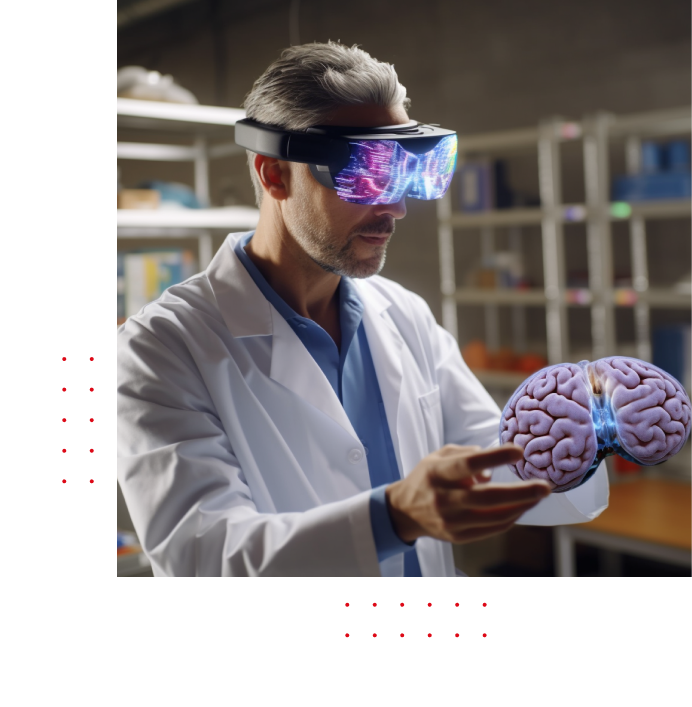

Healthcare
Medical Training and Simulation
Mixed reality can be used to train medical professionals, including surgeons and nurses, in realistic virtual environments. Surgeons can practice complex procedures, and medical students can learn anatomy through interactive 3D models.
Tele-Surgery with Expert Guidance
In remote areas or during emergencies, surgeons can perform surgeries with real-time guidance from remote experts. Mixed reality headsets can stream live video and critical data to the expert, who can provide real-time instructions and support during the procedure.
Medical Imaging Interpretation
Radiologists can use mixed reality to interpret medical imaging data, such as CT scans and MRIs, in a 3D context. This can aid in more accurate diagnoses and treatment planning.
Remote Assistance during Complex Procedures
For complex surgeries, having remote expert collaboration can be invaluable. The expert can assist in planning the procedure, providing insights on challenging aspects, and ensuring the best possible outcomes.
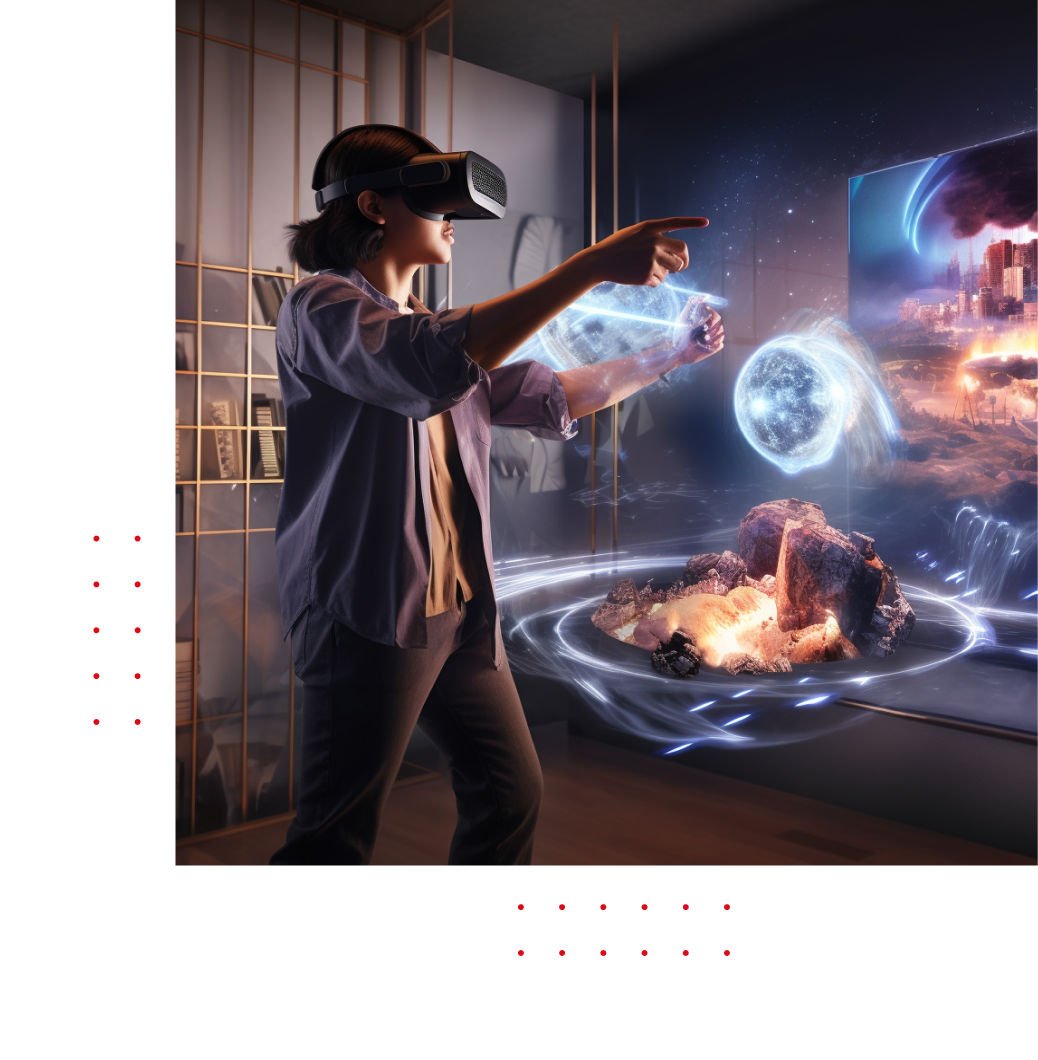
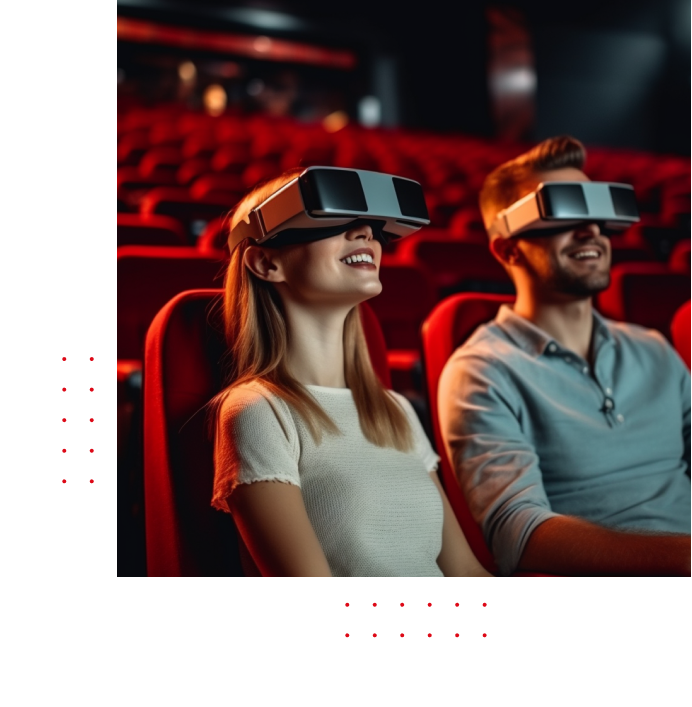

Entertainment and Gaming
Augmented Reality Board Games
Mixed reality can bring traditional board games to life by adding digital elements and animations to the physical game board, enhancing gameplay and creating a more dynamic experience.
Location-Based AR Games
Mixed reality enables location-based augmented reality games where players explore real-world environments to find and interact with virtual objects, creatures, or challenges.
Live Events and Concerts
Mixed reality can enhance live events and concerts by overlaying digital effects, visuals, and interactive elements on the physical stage or venue, creating a unique and immersive experience for the audience.
AR Storytelling and Interactive Narratives
Story-driven experiences can be enhanced with mixed reality, where players become part of the narrative, making choices that influence the story’s progression.
Virtual Reality Cinema and Theater
Mixed reality can transform the movie-watching experience by placing viewers inside the movie’s world, allowing them to be part of the story and explore scenes in 360 degrees.
Social VR Platforms
Mixed reality can power social virtual reality platforms where users can meet, interact, and play games together in shared virtual spaces.
Interactive Art Installations
Artists can create mixed reality art installations that blend physical and virtual elements, enabling viewers to interact with and influence the artwork.